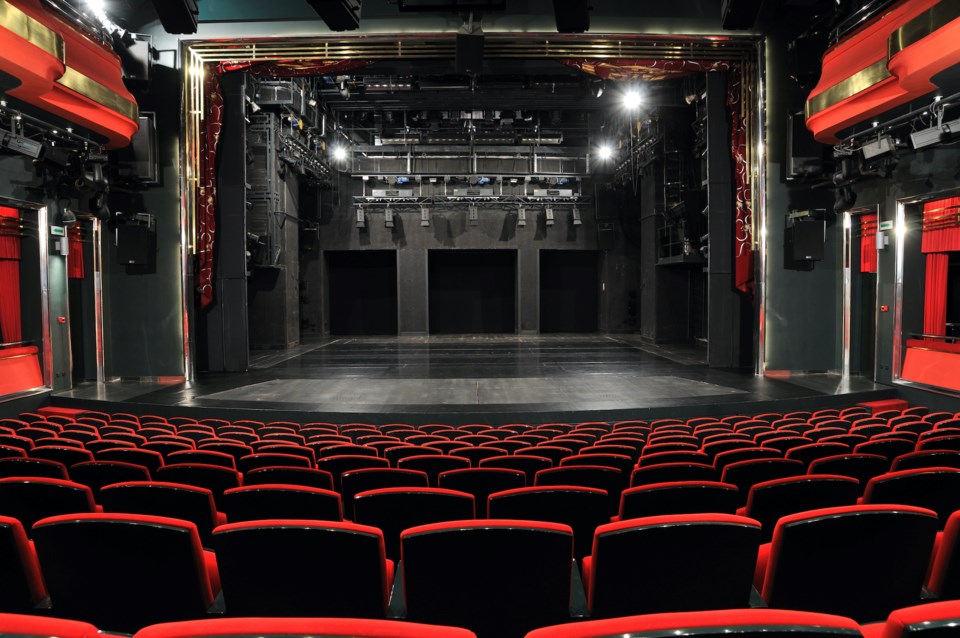Few communities can match Squamish's smorgasbord of outdoor activity: there's hiking, climbing, boarding, biking, paddling, golf, and for the culturally inclined, there's the Squamish Farmers' Market, the Constellation Festival, and the numerous civic festivals centred around Junction Park and O'Siyam Pavillion.
But while Squamish may be hardwired for outdoor adventure, its indoor entertainments generate little excitement.
The first half of this year provided many opportunities to reflect. A lengthy dry spell in the alpine made skiing a relatively dull affair; then, mountain biking season was delayed by a cold, wet "spring," which will also affect summer hiking and river activities.
Last year's heat waves demonstrated that even sunny weather doesn't necessarily facilitate great outdoor recreation.
So why is there so little to do inside? Or after dark? Squamish is as dull indoors as it is adventurous outdoors. We have no movie theatre, and very limited venues for enjoying or staging live events. While other British Columbians grumbled about Dr. Bonnie Henry's extended ban on public dancing, Squamish barely noticed, because we were already basically the town from Footloose, albeit with superior breweries. COVID-19 lockdowns did not faze us, because we practice self-isolation every November and "June-uary." And often August, if it's a bad fire year.
True, most people choose to visit or live in Squamish specifically because of its exceptional outdoor opportunities. But many comparably-sized communities in our province illustrate that it's not a dichotomy, like a 1980s college comedy where every character must be either a jock or a nerd: in places like Whistler, Nelson, and Comox/Courtenay, residents and visitors enjoy a full complement of indoor and outdoor leisure pursuits, thanks in large part to their superior amenities — and more diversified local economies as a result.
Squamish can and should seek to put itself on the map as a cultural destination, not just a natural one. Not simply to provide adventure on rainy weekends but also to develop and showcase the abundant local talent. Squamish is home to many talented artists, designers, musicians, and filmmakers who are renowned outside Squamish, but relatively anonymous within it because they need to leave town to exhibit, perform, and market their work.
Creatives who do try to engage local audiences often have to swim upstream to do so, because there are few accessible, suitable venues. Consider the plight of Between Shifts, a theatre company that's been waiting for a theatre longer than Didi and Gogo waited for Godot.
The Eagle Eye Theatre is a fine high school venue — period. The Brackendale Art Gallery has plenty of character, but its amenities are limited, its future is uncertain and, as The Squamish Chief wrote back in 2018, "private ownership cannot guarantee the hand-crafted building remains accessible or continues its community outreach."
To grow socially, culturally, and economically, Squamish needs to diversify its cultural portfolio, and to this end, a little rewiring may be in order. A purpose-built, accessible public arts venue would help bring the world to Squamish and vice versa — with no fear of a rain check.
James McKinnon is grateful to work and play on the traditional unceded territory of the Squamish Nation. He is Squamish resident and Quest University of Canada humanities and fine arts tutor (professor).

